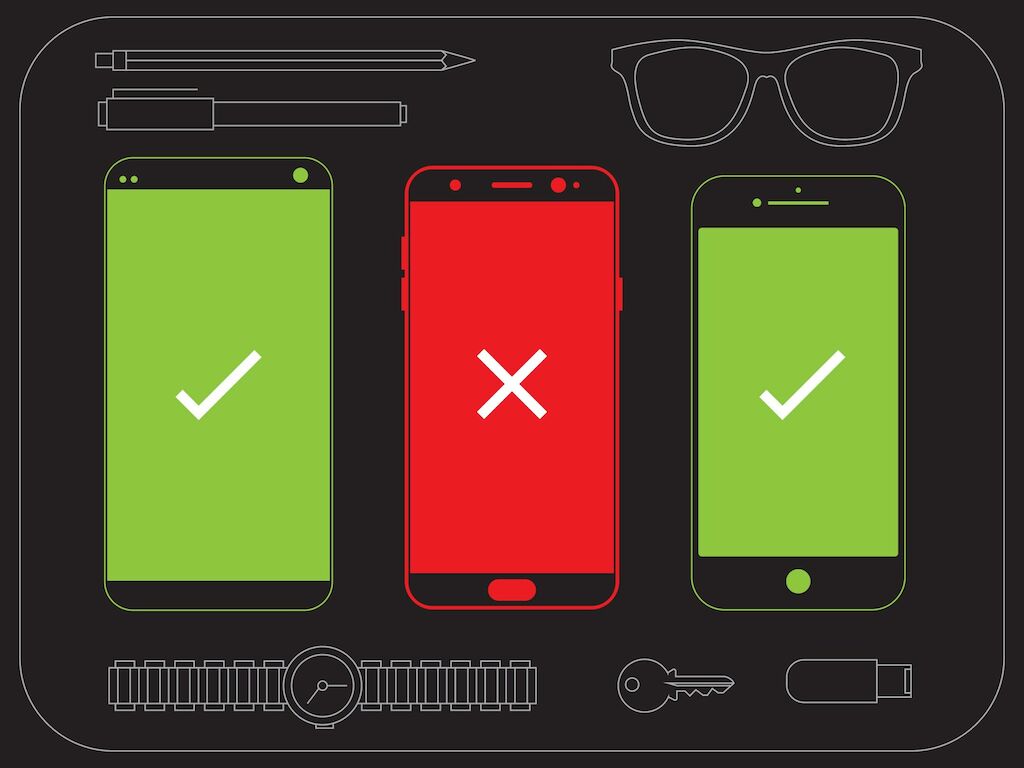Samsung’s brand crisis is worse than I thought it would be. The real severity of the problem dawned on me last weekend as I prepared to fly back to Zurich after a vacation with my family. Having just boarded the plane, I was busy getting settled in my seat when something unusual caught me by surprise.
“Mobile phones and other electronic devices should be powered off or switched onto airplane mode. If you have a Samsung Galaxy Note 7, it must be completely powered off and stowed away while on board this aircraft.”
I travel a lot for business, so I’ve heard pre-flight announcements more times than I can count. But hearing a flight attendant name a specific product brand as a serious risk to passenger safety? Never.
Until then, I’d been reading about the infamous manufacturing issue that has caused multiple Galaxy Note 7 devices to overheat and catch fire. It seemed to me that Samsung was doing everything it could to manage the crisis. Last month, the company issued a recall of 2.5 million devices. Just recently, the consumer electronics giant made an announcement that it is halting production of the model entirely.
But what Samsung can’t manage is this: every single day, millions of air travelers are told that the Galaxy Note 7 is a life-threatening piece of hardware. This would result in a quick death for most companies —or, at the very least, it would call for a company rebrand.
But the consumer electronics giant isn’t like most companies, and for the rest of my flight to Zurich, I thought about the reasons an established brand should and shouldn’t consider rebranding. Because brands are so influential, businesses must be cautious in undertaking a rebranding initiative. To perform a complete rebrand — including a new positioning, name, visual identity, and messaging — there better be a good reason.
When Rebranding Is Necessary
In general, there are only two scenarios when a complete rebrand makes sense. The first is a turnaround situation, when the brand is in a state of catastrophe. This can be attributed to a particular event or a significant decrease in sales, attraction of the wrong audience, or brand confusion. Some might say the Samsung Galaxy Note 7 disaster is a textbook example of this.
The second is a structural change. A rebrand can bring together two organizations with different identities into one unified entity, as seen in mergers or acquisitions, or it can support organizations that have recently spun off from a parent company. One example is the creation of Mondelēz International, the global snack food company that spun off of Kraft Foods in 2012. While the name was met with mixed reviews, it accomplished its main task: signaling a total departure from the Kraft brand.
Reactivation, Not Rebranding
A complete rebrand should not be taken lightly. It should be the last resort for Samsung and for any company. It is the most radical solution a company can take, and often it’s not the right one because it risks destroying brand equity and losing audience awareness.
Take the example of the British Royal Mail, which decided to highlight the move from state to private control by rebranding and renaming the company Consignia. The new name performed terribly, and so its reputation was quickly tarnished. Eventually, the name was changed back to Royal Mail.
The beauty of branding is that there is a wide range of measures that management can utilize, a complete rebrand being only one of them. A smart course of action is brand reactivation through a constant evolvement of brand strategy, visual and verbal expressions, and customer experience. There are many examples of brands that overcame lost identities and negative brand perceptions without giving up the brand equity they had built over years.
Building Brand Enthusiasm
For decades, IBM had a perception of antiquated and irrelevant technology. Instead of changing the name, IBM management differentiated its brand positioning and messaging strategy through the Smarter Planet initiative. By framing the importance of harnessing sustainable approaches to the world’s greatest problems through technology, IBM was able to shift the brand in a new, modern direction. Empowering its hundreds of thousands of employees to become advocates for Smarter Planet on social media, IBM managed to breathe life into the organization using new brand strategies as a catalyst for change.
Branding is one of the most powerful tools in the hands of management but requires delicate handling. There is no turning back from a complete rebrand, and there are very few situations where one is appropriate. A complete rebrand destroys all brand awareness, and in today’s world, where it’s hard to get attention, it is often wise instead to change the existing perception of the brand by giving it new meaning.
The Samsung Brand: Moving Forward
What is Samsung? What value does it truly provide for its customers? How does it make their lives better? How is the experience of Samsung different than Apple or Google? How is it better?
By answering these questions for their audiences through consistent communications, Samsung can begin to regain lost audiences and win over new ones. It must continue to acknowledge the crisis head-on and reactivate the brand’s magnetism, saving Samsung from the graveyard of rebranded companies that are still struggling to be relevant.
_Dr. Alexander Haldemann is CEO and Managing Partner at MetaDesign.
